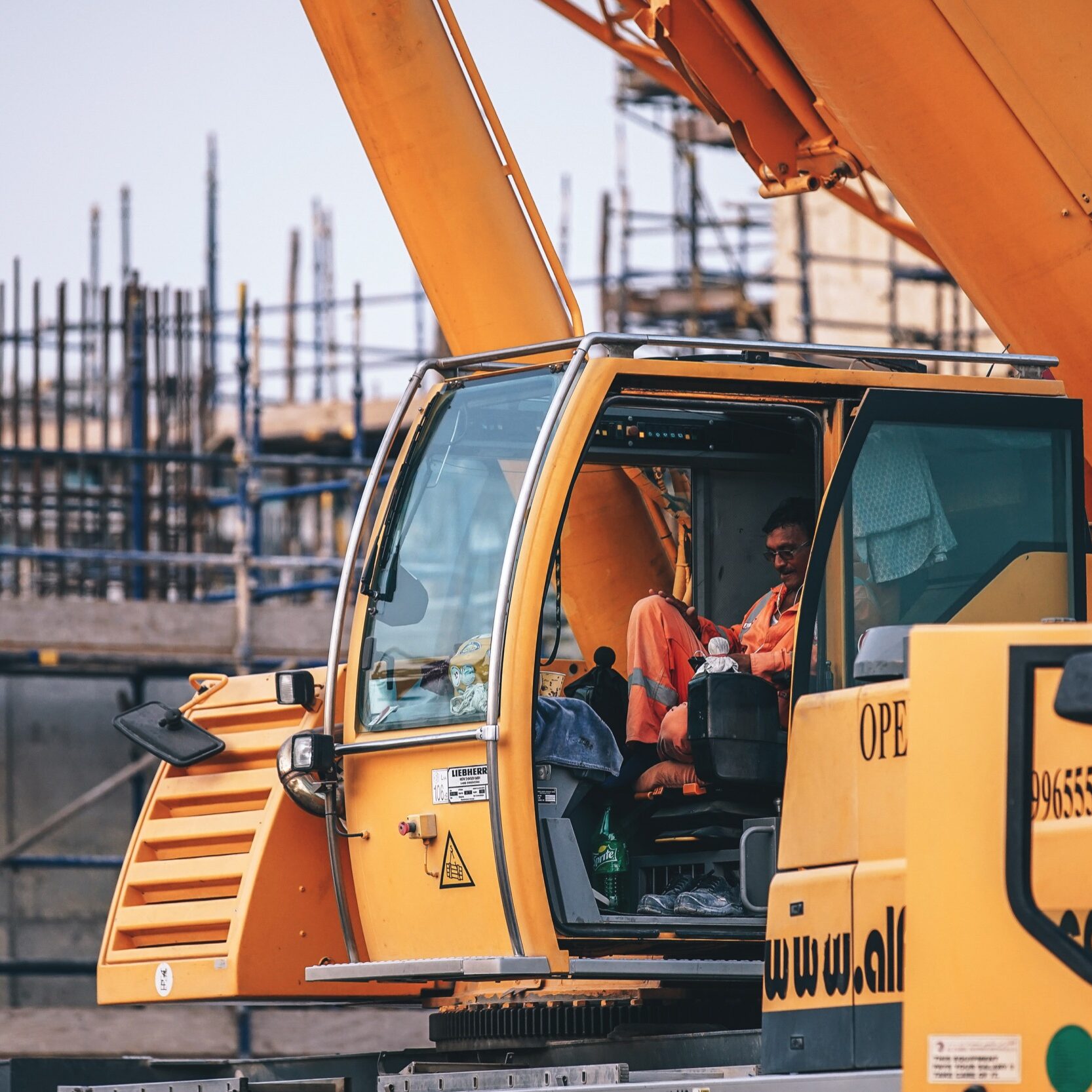Sale-leaseback Financing: A Plan Of Action Solution For Growth

In today’s competitive byplay environment, companies are constantly seeking innovative ways to fuel increment while managing their business wellness. One such root that has gained adhesive friction is sale-leaseback financing, a strategical arrangement that allows businesses to unlock liquid state tied up in assets, all while continuing to use the crucial for their operations.
What is Equipment Sale- equipment sale leaseback Financing?
Equipment sale-leaseback financing involves a accompany selling its closely-held to a third-party purchaser, typically a business enterprise psychiatric hospital or leasing company, and simultaneously ingress into a hire agreement to rent back the same equipment. This dealings allows the stage business to bear on using the equipment for its operations while generating cash from the sale. The leaseback agreement typically spans a specified term, with periodic payments that are often structured to fit the company’s cash flow needs.
Key Benefits of Sale-Leaseback Financing
-
Improved Liquidity The most immediate gain of a sale-leaseback arrangement is the inflow of cash generated from the sale of the . For companies that own valuable machinery, vehicles, or other types of equipment, this can be a substantive seed of pecuniary resource. These cash in hand can then be reinvested into byplay expansion, used to pay down debt, or to cover other operating expenses. Essentially, businesses are able to”monetize” their assets without sacrificing operational .
-
Preservation of Operational Capacity One of the John Major advantages of a sale-leaseback is that the byplay continues to use the equipment it sold, ensuring that trading operations continue uninterrupted. For many companies, especially those that rely on technical machinery or vehicles, having continued access to these assets is vital. This makes sale-leasebacks an magnetic choice to orthodox asset settlement.
-
Balance Sheet Benefits Although the company no yearner owns the , the leaseback social system allows it to exert the assets on its books in the form of a rent financial obligation, rather than a sale of a physical plus. This can enhance the company’s business enterprise tractableness by rising workings working capital without the burden of managing or owning the equipment in a flash. In some cases, companies may be able to lease equipment on a long-term ground at a nonmoving rate, which may be more cost-effective than maintaining ownership.
-
Tax Advantages Sale-leaseback transactions can also offer tax advantages. Lease payments are generally tax-deductible as an operative , possibly reducing the company’s nonexempt income. In contrast, ownership of typically requires depreciation deductions, which may be more and less elastic in . The tax treatment of sale-leaseback agreements varies by jurisdiction, so businesses should consult with commercial enterprise advisors to sympathize the specific benefits.
-
Flexible Financing Terms One of the appeals of sale-leaseback financing is the tractableness it offers. Unlike orthodox loans or lines of , the structure of a leaseback understanding can be trim to suit the company’s specific financial needs. This includes adjustments to the lease term, defrayment schedule, and even the possibleness of renegotiating damage as the company’s business enterprise situation evolves.
Who Can Benefit from Equipment Sale-Leaseback?
Sale-leasebacks are beneficial to a wide straddle of industries, particularly those with substantive capital investments in physical assets. Manufacturing firms, transportation system companies, healthcare providers, and applied science businesses can all use this scheme to free up cash while maintaining the necessary equipment for trading operations.
For littler businesses or startups with express access to traditional funding options, a sale-leaseback can do as an operational way to acquire necessary monetary resource without incurring long-term debt. Likewise, big corporations looking to optimise poise sheets and better cash flow can also take vantage of this financing model.
Conclusion
In conclusion, equipment sale-leaseback funding is a varied, strategical tool for businesses looking to raise liquidity, preserve work , and better fiscal flexibility. By unlocking cash from owned equipment without losing get at to it, companies can fund increase initiatives, pad working capital, and optimise their balance sheets. With its numerous benefits, it’s no wonder that more companies are turn to sale-leaseback arrangements as a hurt solution to subscribe long-term success.

Comments are Closed